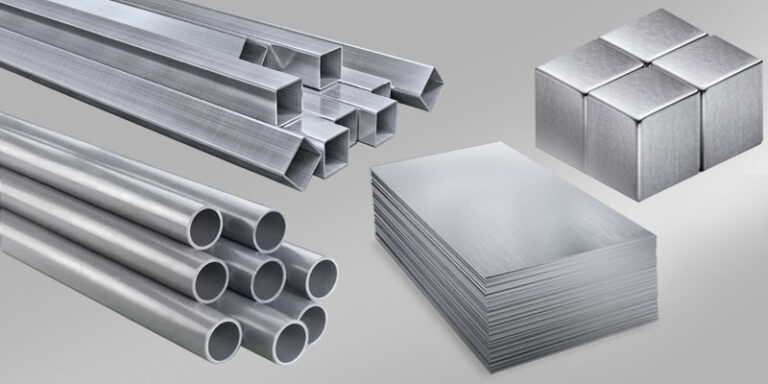Introduction
Aluminium, a silvery-white, soft, non-magnetic metal, has a history as fascinating as its uses are diverse. From its early discovery in the 19th century to its status today as a crucial material in various industries, aluminium's journey is a testament to human ingenuity and technological progress. This article will explore the history of aluminium, its manifold uses, the evolution of its manufacturing process, and its global production and consumption landscape.
Early Discovery and Initial Challenges
Aluminium was first isolated in 1825 by Danish chemist Hans Christian Ørsted. However, it was initially considered a precious metal due to the difficulties in extracting it from its ores. The extraction process was so costly and labour-intensive that aluminium was once more valuable than gold.
The Advent of the Hall-Héroult Process
The turning point in aluminium production came in 1886 with the independent development of the Hall-Héroult process by American Charles Martin Hall and Frenchman Paul Héroult. This process involves dissolving alumina (aluminium oxide) in molten cryolite and then using an electrolytic reduction to produce aluminium. This method drastically reduced production costs, making aluminium accessible for widespread use.
Evolving Manufacturing Techniques
Over time, the Hall-Héroult process has undergone numerous refinements, improving efficiency and reducing environmental impact. Advancements in electrolytic cell design, automation, and the development of more sustainable power sources have further revolutionized aluminium production.
Aluminium's Rise in Popularity
As manufacturing processes evolved, so did the popularity of aluminium. Its lightweight, strength, corrosion resistance, and easy recyclability made it a material of choice across various industries.
Key Industries Utilizing Aluminium
- Transportation: Aluminium is heavily used in the automotive and aerospace industries for manufacturing vehicles and aircraft, where weight reduction is crucial for fuel efficiency.
- Construction: Aluminium's strength and resistance to corrosion make it ideal for building materials, including window frames, roofing, and structural components.
- Packaging: Its non-toxicity and barrier properties make aluminium a popular choice for food and beverage packaging, notably in cans and foil.
- Electrical: Due to its excellent conductivity, aluminium is widely used in electrical transmission lines.
- Consumer Electronics: Its thermal conductivity and lightweight features make it a preferred material in electronic gadgets like smartphones, laptops, and televisions.
Global Aluminium Production and Consumption
Largest Producers: China leads the world in aluminium production, followed by countries like Russia, India, and the United States. These countries have invested heavily in mining bauxite (the primary source of aluminium ore) and refining it into alumina.
Top Consumers: The United States and China are also the largest consumers of aluminium. The demand in these countries is driven by robust industrial sectors, particularly in construction, transportation, and consumer goods.
Conclusion
From its early days as a precious metal to its current role as an industrial cornerstone, aluminium's history is a remarkable story of scientific advancement and industrial development. Its diverse applications across multiple industries underscore its importance in the modern world. The evolution of its manufacturing processes, coupled with the global dynamics of its production and consumption, highlights aluminium's pivotal role in both the past and the future of industrial and technological progress. As industries continue to innovate, aluminium's role is likely to expand, further entrenching its status as a key material in our daily lives and global economy.


